Understanding Trailer Air Tanks: An Overview
Trailer air tanks are integral components in the air brake systems of semi-trailers, playing a pivotal role in ensuring safe and efficient operation. These tanks store compressed air, which is essential for the functioning of the vehicle’s braking system, as well as other air-operated accessories. They come in various sizes and configurations, depending on the requirements of the specific vehicle and its intended use.
Key Functions of Trailer Air Tanks
| Function | Description |
|---|---|
| Air Storage | Provide a reserve of compressed air for braking and systems. |
| Regulating Pressure | Maintain optimal air pressure for safe operations. |
| Supporting Accessories | Supply air for devices such as air suspension, landing gear, and tailgate lifts. |
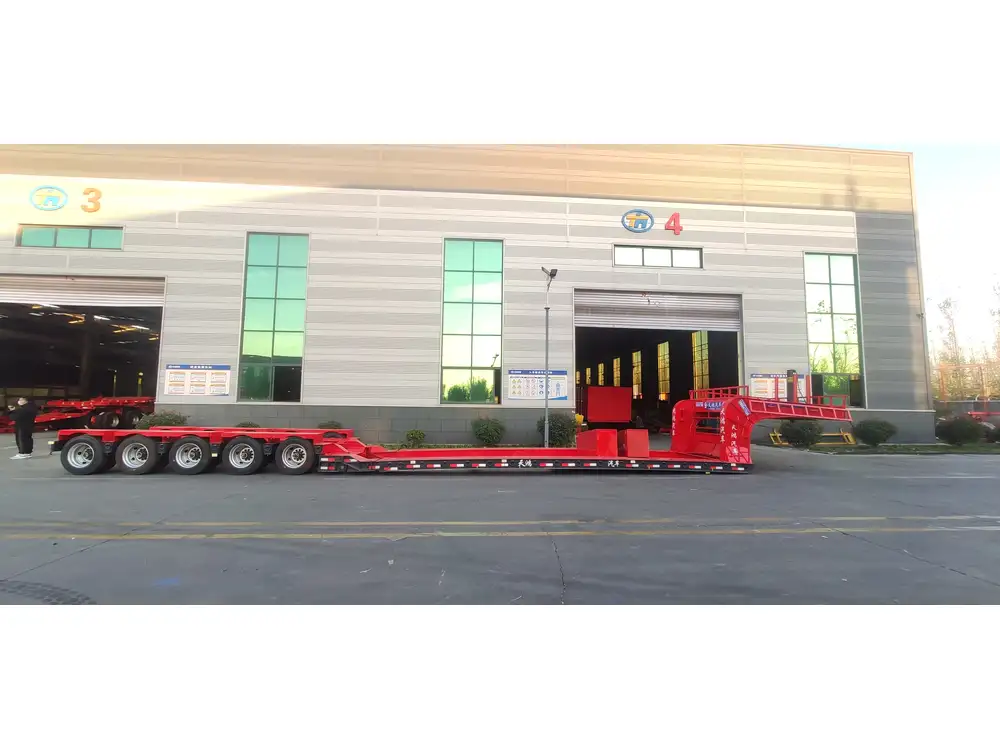
How Trailer Air Tanks Operate
The Air System Cycle
The air system cycle in a semi-trailer is a complex interaction between various components. Understanding this cycle is crucial for anyone involved in the manufacturing, maintenance, or usage of semitrailers.
- Air Compression: The engine-driven compressor generates compressed air that fills the air tanks.
- Storage: The trailer air tanks store this compressed air until needed.
- Release for Functionality: When brakes are applied, or accessories are activated, the stored air is released, initiating the required mechanical operations.
Pressure Settings
Modern trailer air tanks are designed to function within specific pressure ranges, usually between 90 PSI and 120 PSI. A pressure regulator is typically employed to maintain these levels, ensuring safety and efficiency in operations.
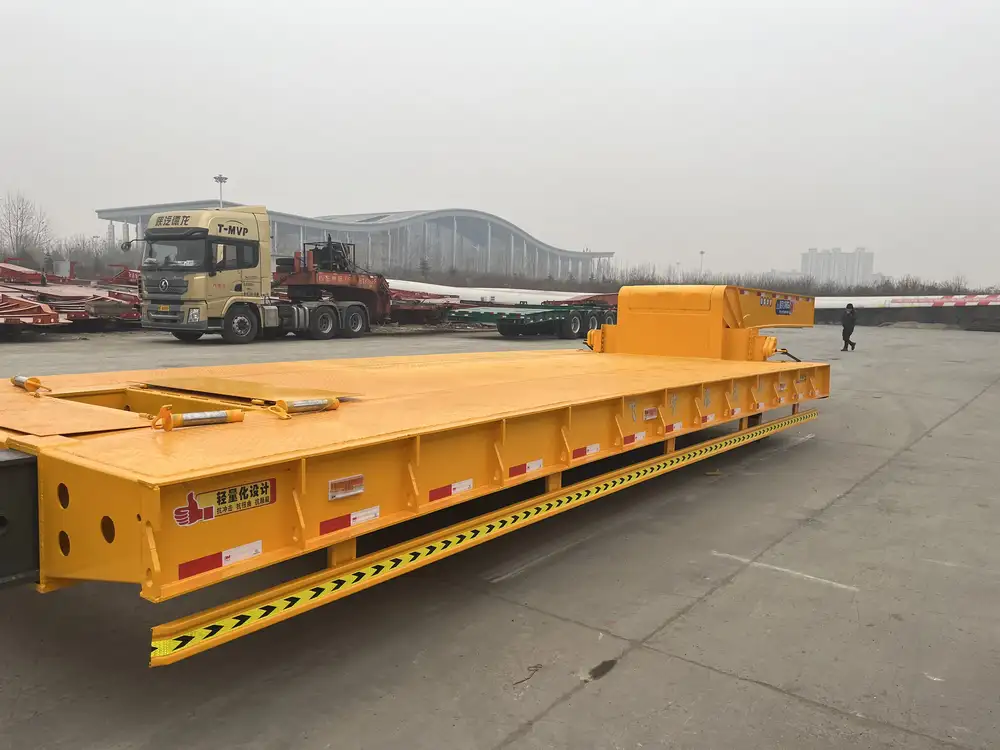
Types of Trailer Air Tanks
Trailer air tanks vary significantly in size, design, and functionality. Below are the common types:
1. Steel Air Tanks
Characteristics: Highly durable and robust, steel tanks can withstand high pressure and harsh environments.
Applications: Typically used in heavy-duty applications due to their resilience.
2. Aluminum Air Tanks
Characteristics: Lightweight and resistant to corrosion, aluminum tanks are easier to handle and install.
Applications: Preferred in applications where weight savings are critical, such as long-haul trucking.
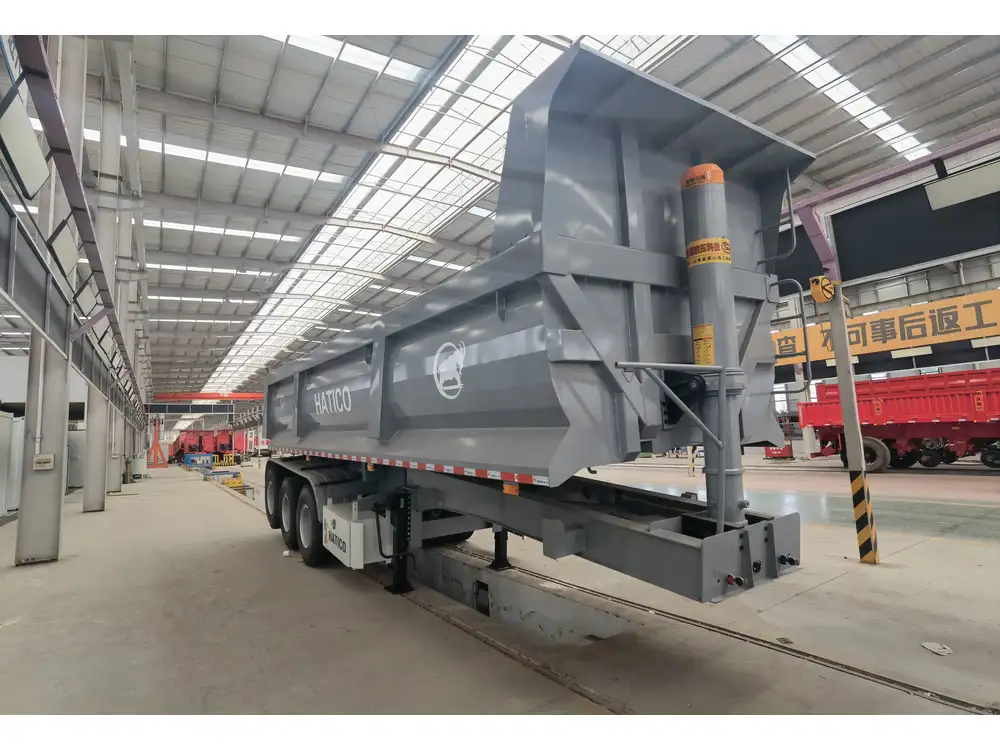
3. Composite Air Tanks
Characteristics: Emerging technologies have led to the creation of composite materials that offer strength combined with lightweight characteristics.
Applications: These are often used in cutting-edge designs and specialized semi-trailers.
Importance of Proper Maintenance for Air Tanks
Maintaining trailer air tanks is essential for vehicle safety and efficiency. Neglecting to perform routine checks can result in catastrophic failures, costly repairs, and safety hazards.
Routine Maintenance Checklist
| Maintenance Task | Frequency | Description |
|---|---|---|
| Visual Inspection | Weekly | Check for signs of rust, corrosion, or leaks. |
| Pressure Test | Monthly | Ensure tanks can hold pressure without leaks. |
| Drain Moisture | Daily | Remove condensation to prevent corrosion and maintain air quality. |
| Check Valves and Connections | Bi-Monthly | Inspect to ensure secure fittings and proper operation. |
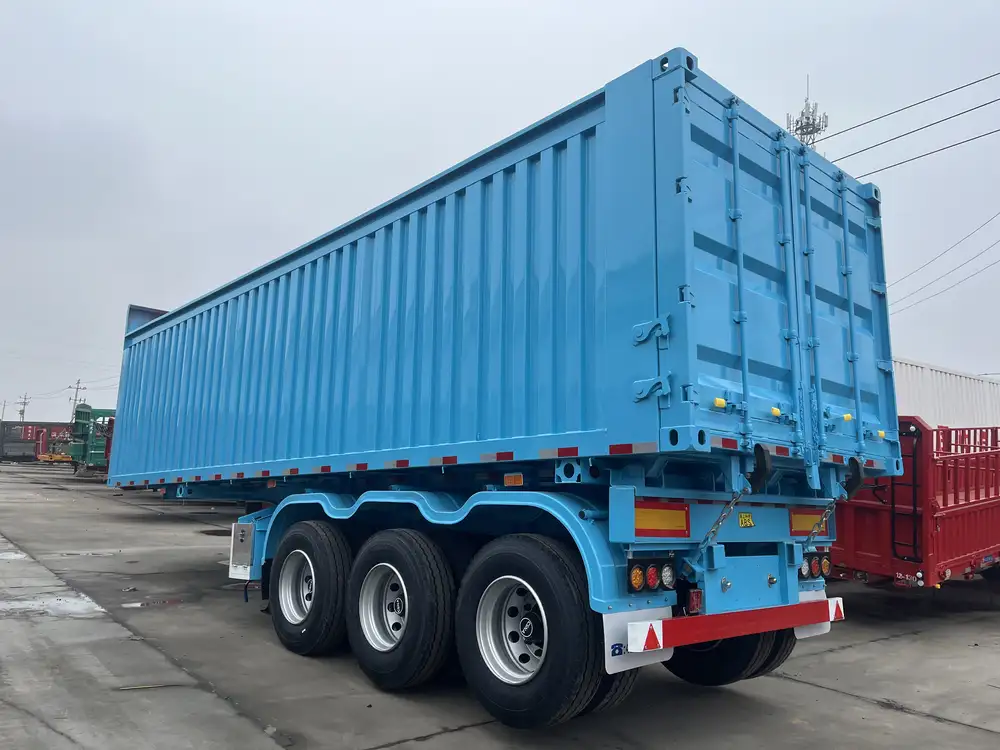
Common Issues and Their Solutions
Corrosion: Regularly inspect for rust and treat exposed areas with protective coatings.
- Solution: Apply anti-corrosive sprays or replace heavily corroded components.
Leaks: Air leaks can significantly affect braking efficiency.
- Solution: Tighten connections or replace faulty seals and fittings.
Pressure Loss: Inaccurate pressure readings can lead to operational hazards.
- Solution: Regularly calibrate pressure gauges and replace defective regulators.
Benefits of Utilizing High-Quality Air Tanks
Investing in high-quality trailer air tanks not only enhances safety but also optimizes the performance of your semi-trailer. Here’s why quality matters:
Enhanced Safety
High-quality tanks reduce the likelihood of leaks and failures, maintaining consistent air supply for the braking system. A reliable brake system is paramount for avoiding accidents, particularly in heavy load conditions.
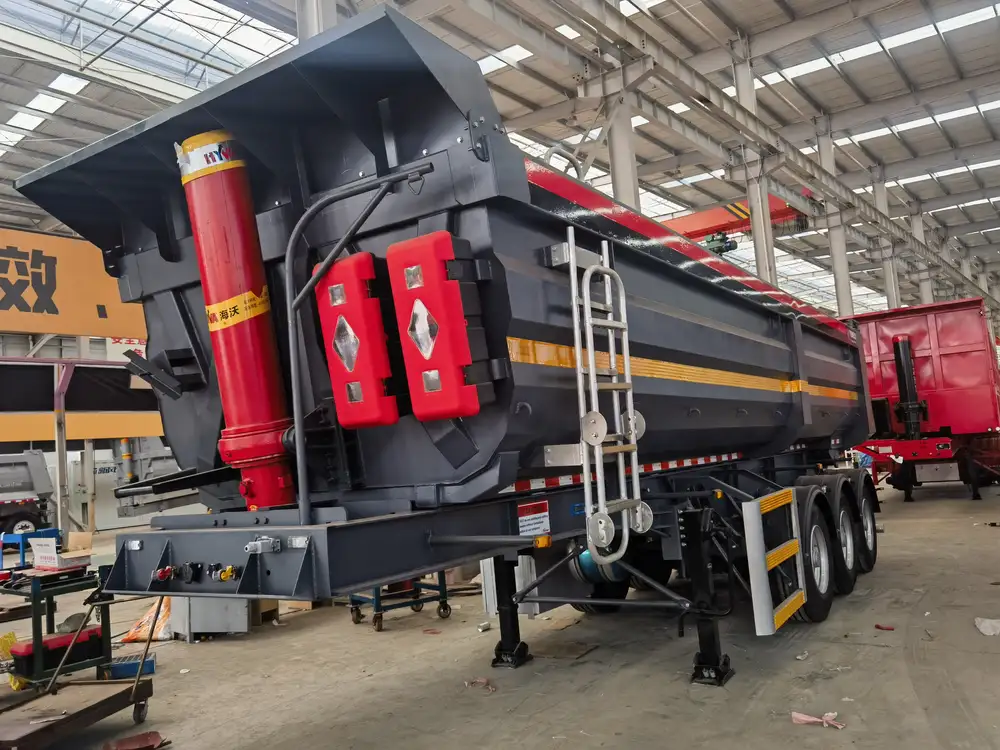
Increased Vehicle Longevity
Durable construction materials extend the life of air tanks, reducing the frequency of replacements and repairs.
Improved Performance
A well-functioning air tank can significantly improve the responsiveness of the air brake system, aiding in smoother stops and enhanced overall vehicle control.
Cost-Efficiency
Although high-quality tanks may come with a higher upfront cost, their longevity and reliability lead to reduced operational costs over time.
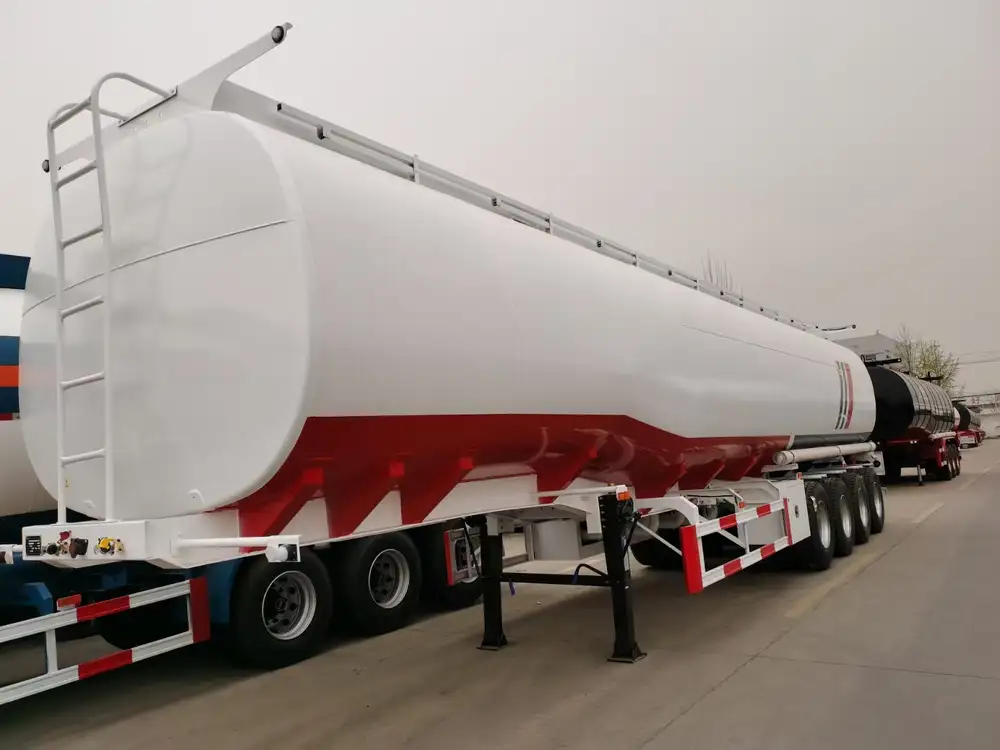
Conclusive Insights
Trailer air tanks are indispensable for the safe operation of semi-trailers. Through understanding their functions, types, maintenance, and the advantages of investing in quality, operators can ensure optimum performance and safety on the road.
Frequently Asked Questions
What are the signs that my air tank needs replacement?
- Visible Damage: Cracks or significant rust on the tank’s surface.
- Frequent Pressure Loss: Unexpected drops in air pressure.
- Corrosion: Heavy oxidation could indicate structural weakness.
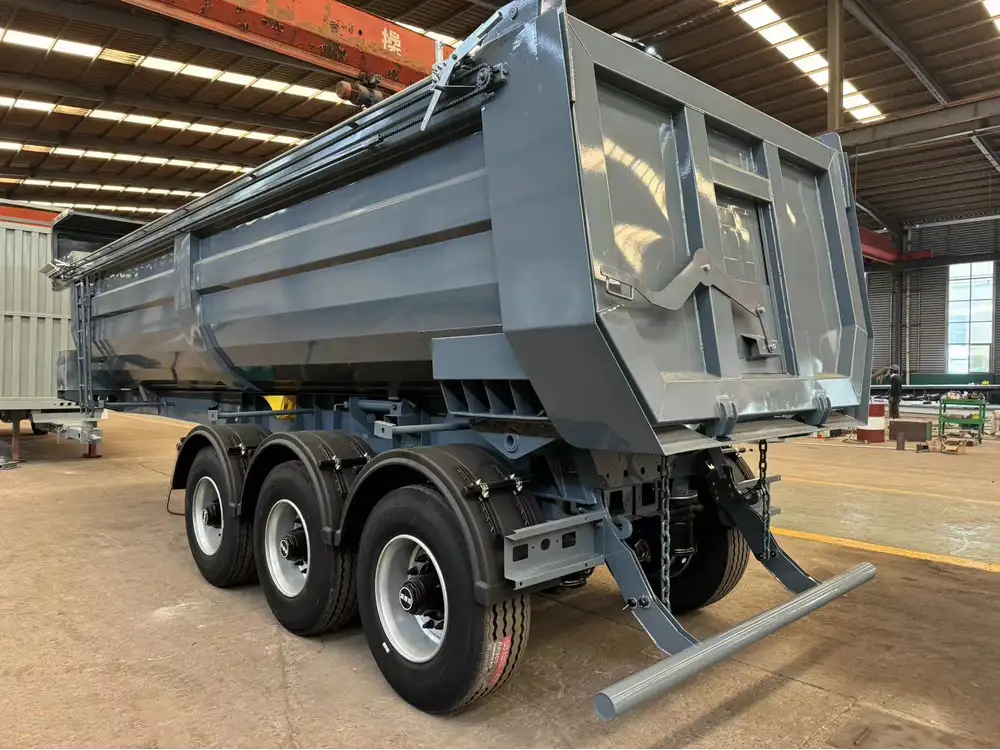
How do I choose the right air tank for my trailer?
Assess your specific needs based on the type of loads you transport, the overall weight of your trailer, and the air pressure requirements of your brake system. Consult with manufacturers or experienced professionals in the industry for tailored recommendations.
By focusing on the above points, we can set the stage for better visibility in search engine rankings for keywords such as “what are trailer air tanks used for.” This in-depth analysis not only addresses user intent but also provides valuable and actionable information for both seasoned operators and newcomers to the trucking industry. Comprehensive engagement through quality content remains essential for dominating search results and retaining user interest.



